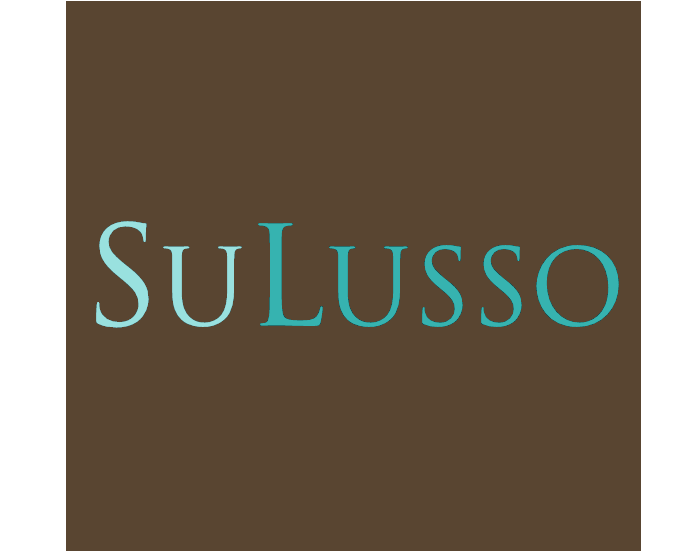Behind the Designers: Choo Yilin Artisan Jewelry
Oct 21, 2009 9:00 AM ET
Read our discussion with sustainable luxury pioneer, Yilin Choo, about how she ended up in jewelry and what drives her to be responsible.
1. How did you get started in making jewelry? I've created jewelry for a long time-- it first started as a side-business cum hobby when I first started work as a political research analyst in 2004 in a bid to keep myself balanced whilst in an intense left-brain environment. The jewelry sold at independent luxury boutiques in Singapore. At the end of 2007, I moved to Bangkok because my husband got relocated for work. Having given up my career and feeling the need to do something that I perceived to be meaningful, I took my previous skills in jewelry design and translated it to a full-time job in attempting to build a high-end artisanal jewelry label. I knew from the beginning that if I was going to invest all the energy and time into a full-time venture, it would have to do something that I felt was socially meaningful. As such, apart from the artisanal themes of the label, I decided to grow the business as a social venture/sustainability enterprise. The opportunity had presented itself when I learned about the hill tribe artisans who made beautiful silver work. A traditionally marginalized group, many volunteer organizations in Bangkok were working with them in the capacity of distributing aid or raising funds in order to promote education. While these projects were very laudable, I wanted to do something different from charity. I decided to work with them in order to help preserve their cultural art-form, and in the process also generate employment and income. This, in the long-run, would hopefully eliminate the need for charity. 2. Working with artisans is one aspect of being a sustainable company. In what other ways is Choo Yilin sustainable? That is but one part of running a sustainable business. Separately, I’ve also done a lot of personal research on the ecological destruction caused by the jewelry industry. I’ve tried to address it by working with only eco-friendly, reclaimed precious metals, both silver and 18KT gold, as much as I can. Also, I try to trace the entire supply chain from mine sourcing to production but because of the vast geographical distances as well as multiple steps of the supply chain process, I cannot claim to have full knowledge of the supply chain transparency issues. 3. Who are you outside of the founder and designer of Choo Yilin Artisan Jewelry? A friend asked me recently what I did as a hobby, outside of work, and I realized that after I started running my business, there was no longer a distinction between work and play. I read a lot to de-stress, but these books tend to be related to running sustainable businesses in general. I run a non-profit group with a friend of mine which, in a nutshell, helps expatriate women in Bangkok find their professional niche through volunteer work as well as creating and organising adult learning and development workshops. 4. Who would you be most thrilled to know is wearing your jewelry? Anyone really. I love it when clients write telling me that they appreciate the label’s aesthetic and social philosophy, articulating so thoughtfully what I had intended. 5. How did your upbringing prepare or not prepare you for your work? I’d say that my upbringing was quite antithetical to developing skills in running any business, let alone a sustainable one. It was one that prided intellectualism and a strict following of rules and the status quo. There was also this deep socialization of not allowing one to fail; second chances were rare, if they existed at all. All these didn’t lend itself for a very entrepreneurial mindset – where there are virtually no rules or safety and relating to the man on the street is a lot more important than theory. On other hand, I was imbued with a deep respect for hard work and honesty. And this “never-say-die” attitude where one wouldn’t accept failure – it merely meant that you would have to work harder. Both of which are important in running a start-up where self-discipline is instrumental. Creatively, I would say that my travels to Europe were instrumental in formulating my aesthetic. The sustainability aspect of the business arose from a culmination of personal experiences, from moving to Thailand and being exposed to the hill tribe culture to the dawning realization that consumption patterns were no longer sustainable and had to be changed (and I wanted to be part of that movement). 6. Where would you like to see the business in 5 years? I hope to continue to demonstrate that luxury can co-exist with sustainability; that luxury that’s so often criticized for existing in an elite bubble that’s divorced from reality can contribute to the sustainability movement. That one can do good by doing well. I hope to communicate that not only through my jewelry, but also through workshops and writings and consults about sustainability in general. Separately, I intend to continue to grow as a designer, polishing and refining my design skills and pushing the boundaries further of what can be done.
